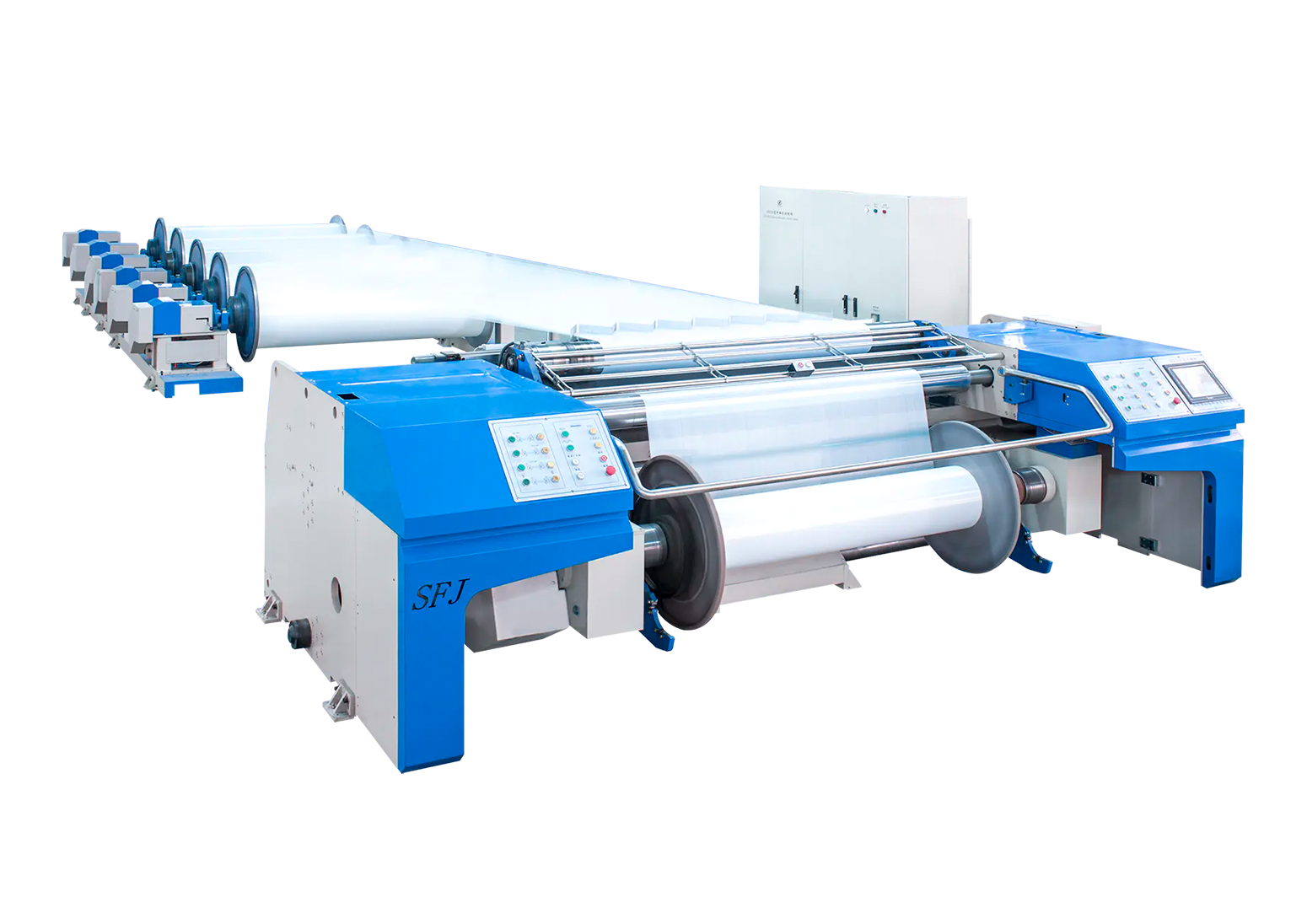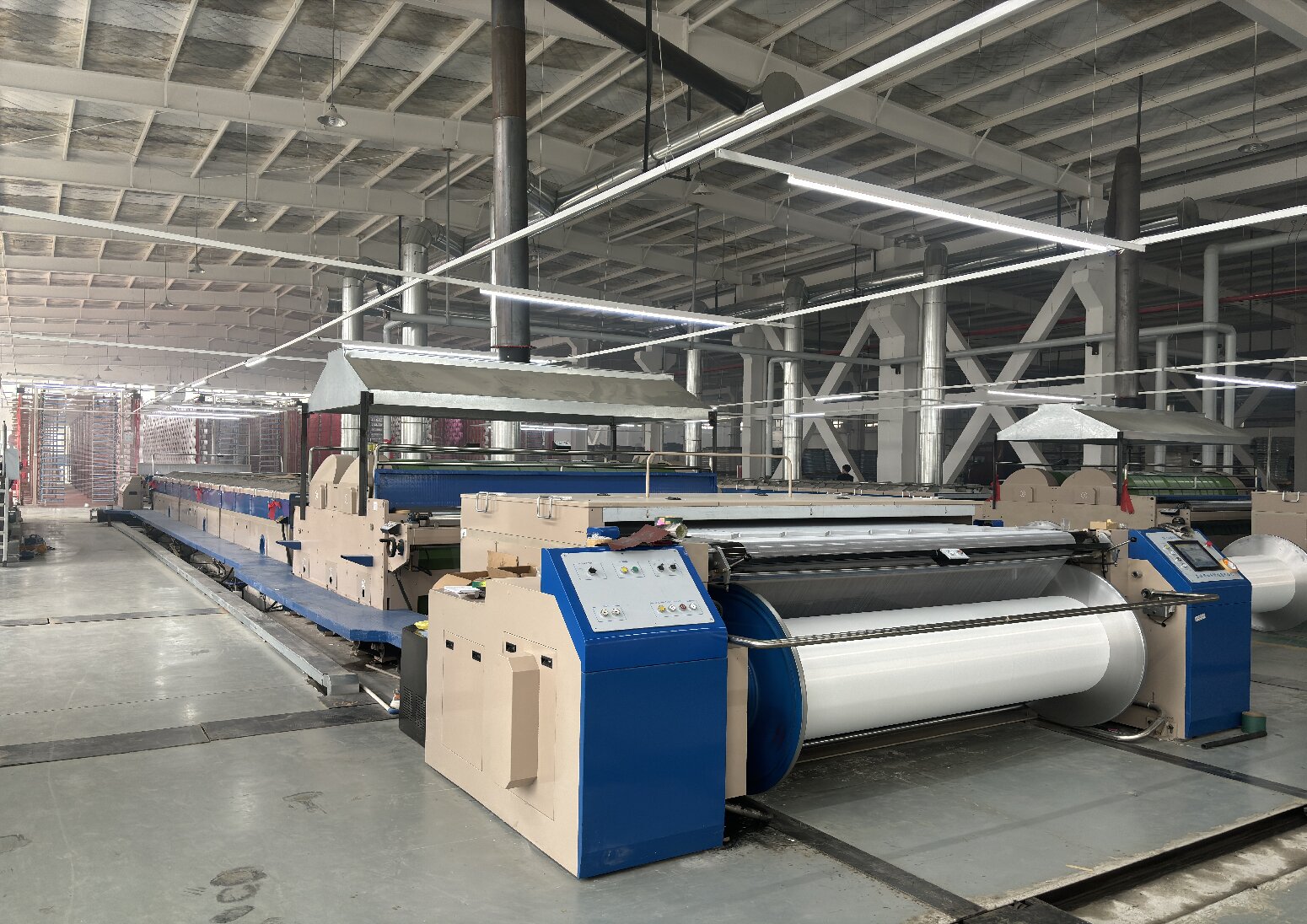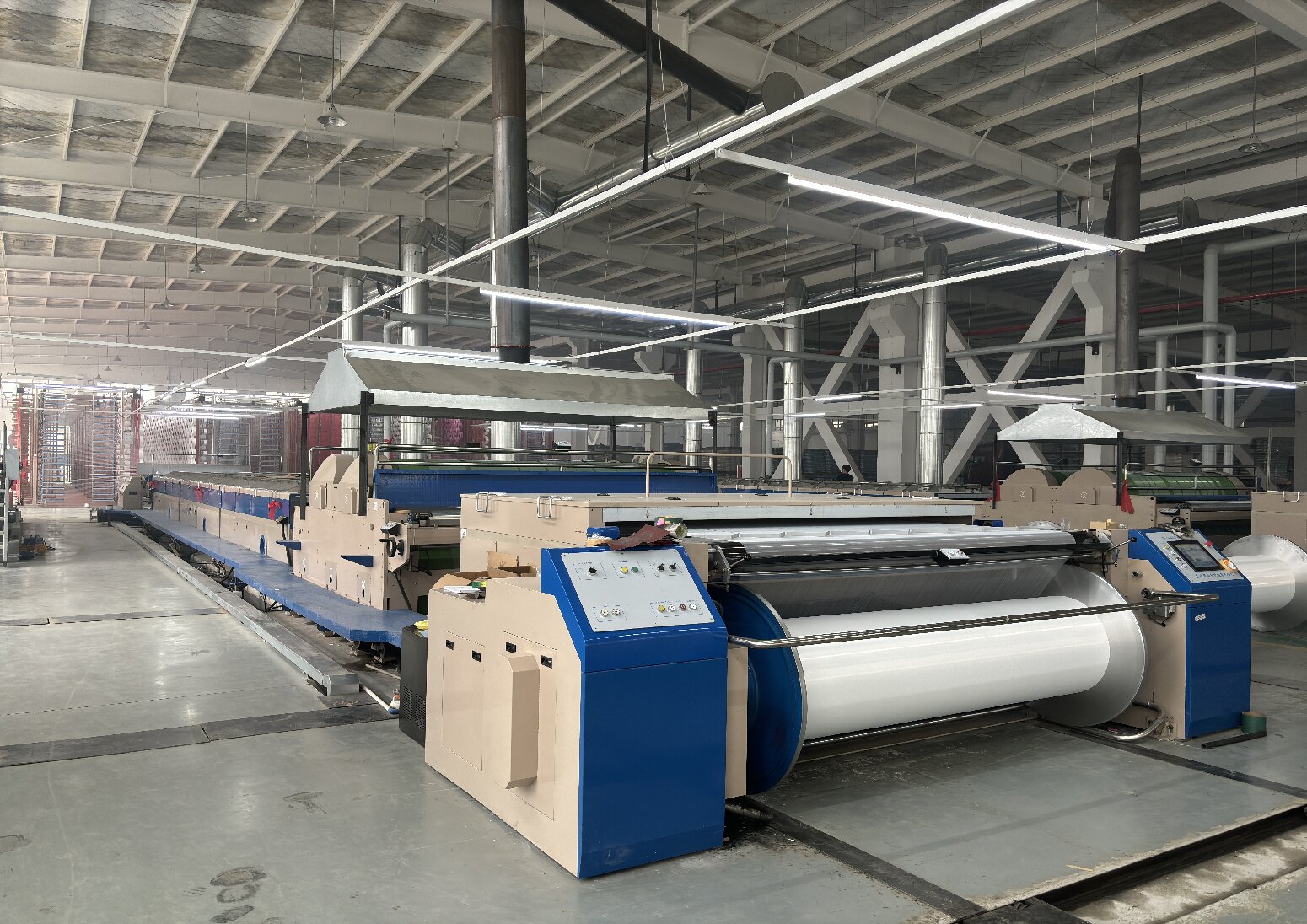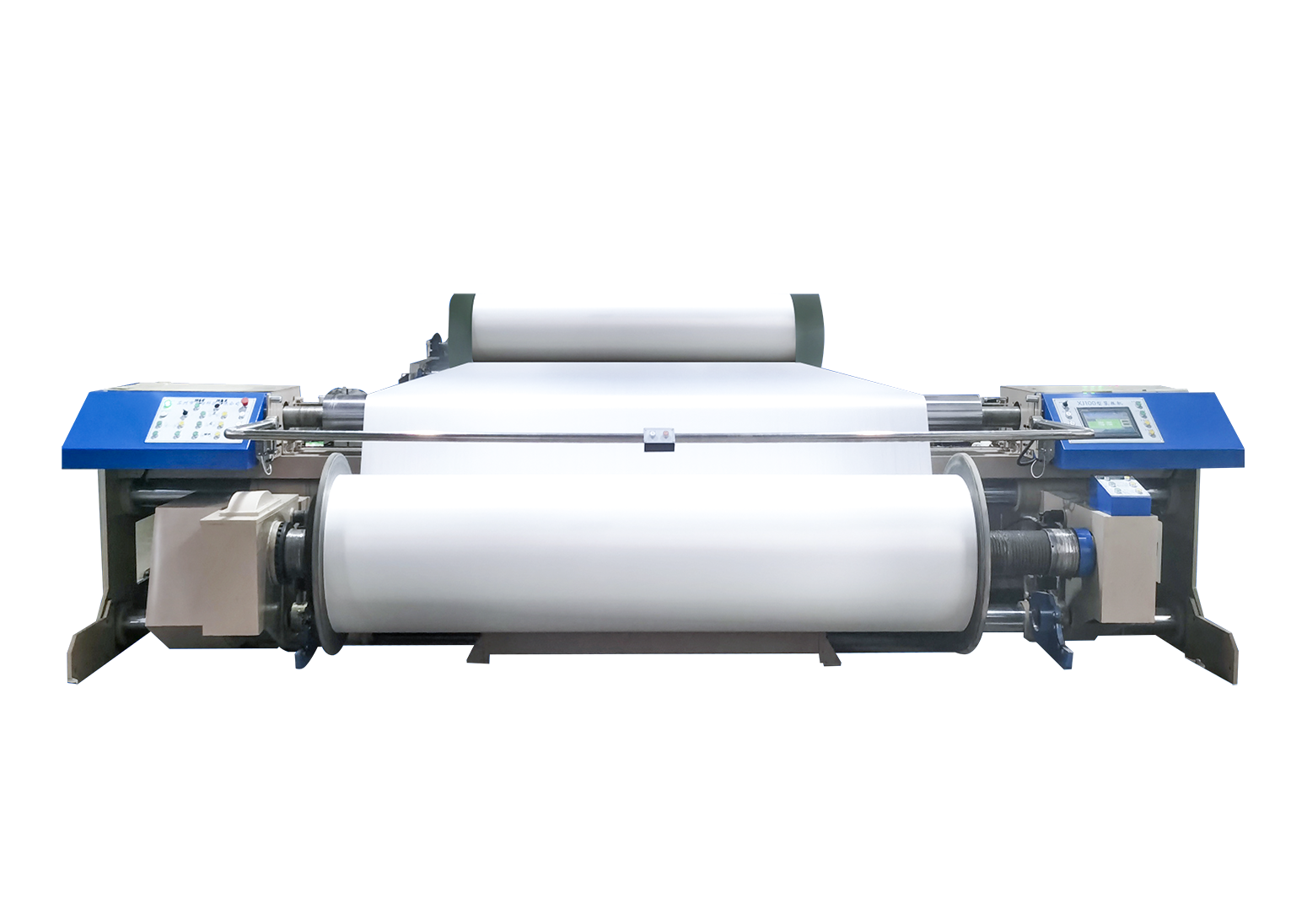The Development History Of Textile Machinery
Textile machinery is the machinery and equipment required to process fibers into textiles
Humans first used natural fibers as raw materials for spinning and weaving, which was earlier than the invention of writing (see World Textile History, Chinese Textile History). In the Spring and Autumn Period and the Warring States Period, China had already used the hand spinning wheel to spin yarn. By the Song Dynasty, a hydraulic spinning wheel with more than 30 spindles had been invented. In 1769, the British R. Arkwright) (also translated as Richard Arkwright) made a hydraulic spinning machine. In 1779, the British S. Crompton (Samuel Crompton) invented the mule spinning machine. After it was introduced to the United States, American J. Thorpe invented the ring spinning machine in 1828, which increased the productivity several times due to the use of continuous spinning. The looms in the Warring States period of China have already used the principle of leverage, and the heald frame is driven by the pedal connecting rod to complete the opening action. In 1733, the British J. Kay (also translated as John Kay) invented the flying shuttle, hitting the shuttle to make it fly at high speed, and the productivity of the loom was doubled. In 1785, the British E. Cartwright (also translated as Edmund Cartwright) invented the power loom. In the same year, Britain built the world's first cotton textile factory powered by a steam engine. A turning point in the production transition. The progress of human society and the increase of population have promoted the development of textile industry and correspondingly promoted the improvement of textile machinery. Energy reform (replacing manpower and animal power with steam power) laid the foundation for modern textile machinery.
The advent of man-made fibers at the end of the 19th century broadened the field of textile machinery and added a category of chemical fiber machinery. The growth of people's demand for synthetic fibers has promoted the large-scale (spinning screw diameter of 200 mm, and the daily output of a single spinning machine of 100 tons) and high-speed (spinning speed of 3000-4000 meters) of synthetic fiber spinning equipment. /min) direction development. The fastest growing country in the world's synthetic fiber industry almost updates its equipment every 5 to 6 years, and the number of machines doubles within 10 years. Spinning and weaving equipment in the past 20 years has made many local improvements to adapt to pure spinning of chemical fibers or blending with natural fibers, such as expanding the range of suitable fiber lengths for drafting mechanisms and eliminating static electricity on fibers. In terms of dyeing and finishing, high temperature and high pressure dyeing equipment, heat setting equipment, resin finishing equipment and loose finishing equipment have been developed.
Humans have been spinning and weaving cloth by traditional methods for more than 6,000 years. Spinning and weaving machines designed according to traditional principles are still the main equipment of the world's textile industry. However, since the 1950s, some new process methods have been created, partially replacing traditional methods, and producing textiles with much higher efficiency, such as rotor spinning, non-woven fabrics, etc. New technological methods breed new textile equipment, and the maturity and promotion of new textile equipment promotes the further development of the textile industry.
Suzhou Sifang Technology Co., Ltd. is a professional Textile Preparation Equipment Factory. If you need it, you can click to enter the official website to contact us, and we will answer you more about the product information.



 中文简体
中文简体








